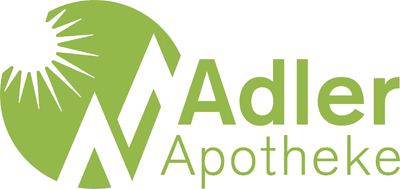What Are Headaches?
Headaches often manifest as a dull, pressing pain, typically on one side of the head, which is also known as tension-type headache. This type of headache can sometimes be accompanied by sensitivity to light and sound, which further intensifies the discomfort. Unlike other types of headaches, tension headaches generally do not worsen with physical exertion.
Causes
Headaches can be triggered by a variety of factors. Stress is one of the most common causes, as it can lead to tension and, consequently, headaches. Poor posture or tension, such as from sitting at a desk for long periods, are also frequent triggers. Vision problems that cause eye strain can lead to headaches. Sinus infections, which generate pressure and pain in the head, are another common cause.
Dental or jaw pain can radiate to the head and cause headaches. Excessive alcohol consumption and nicotine are well-known triggers as they affect the blood vessels and can lead to headaches. Overexertion from screen time, which often leads to eye and neck strain, is also a frequent cause of headaches. Finally, dehydration can trigger headaches as the body cannot function optimally with insufficient fluid intake.
When Should You See a Doctor?
It is advisable to seek medical advice in certain conditions. If the headaches last for more than 24 hours or occur more than three times a month, a doctor should be consulted. Pulsating, throbbing, or stabbing headaches that occur on one side may indicate migraines, which should be medically evaluated.
It is also important to seek medical help if the headaches are unusually severe or occur after an accident. If additional symptoms such as fever occur, a doctor should also be consulted. If neurological symptoms such as dizziness, speech problems, neck stiffness, or paralysis appear, immediate medical attention is required. Children under the age of 7 should always be taken to a doctor for headaches to rule out serious causes.










